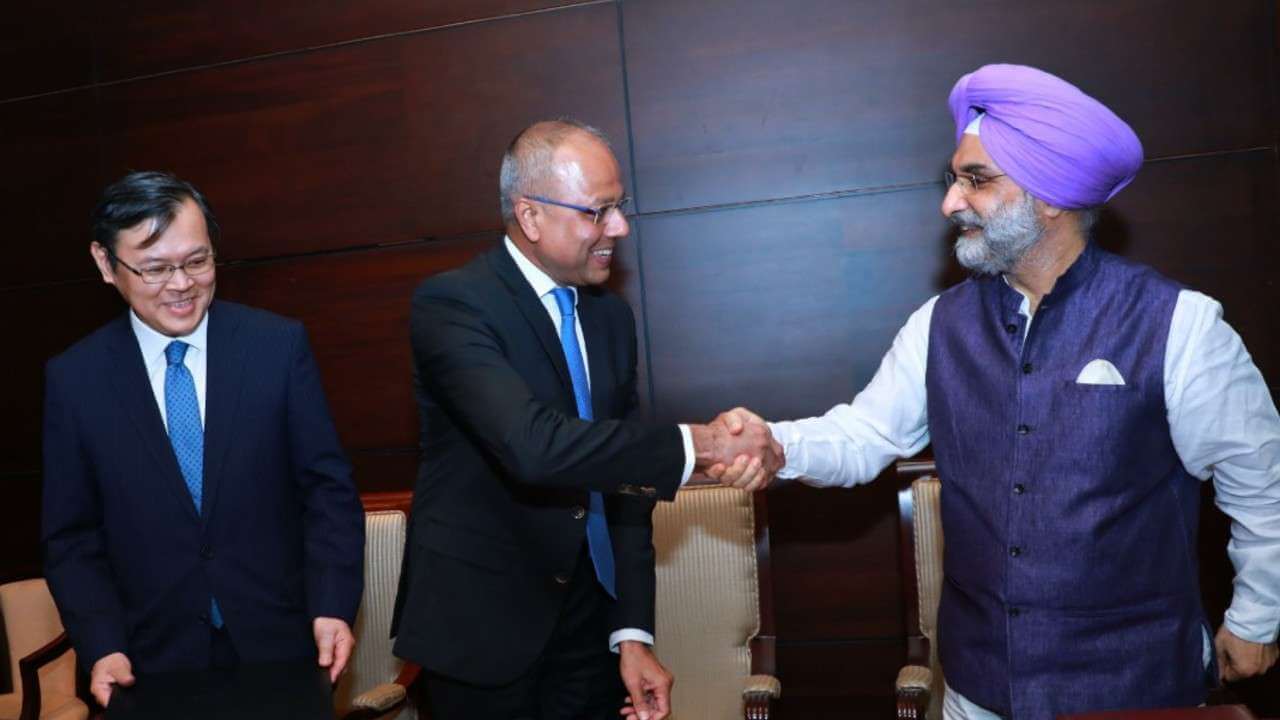On Wednesday, Sri Lankan President Gotabaya Rajapaksa announced his decision to revive the East Container Terminal (ECT) agreement with India and Japan, which aims to construct a deep-sea terminal in Colombo. While making the announcement, Gotabaya’s office said that the decision had been made following a detailed review of “regional geopolitical concerns,” which is a veiled reference to India’s growing criticism of China’s influence over the ECT.
After almost a year of negotiations, the agreement was signed between the three countries in 2019. According to the signed Memorandum of Cooperation, once completed, the Sri Lankan government will hold 51% stake in the project, while the Adani Group in India and other Japanese companies will retain the remaining 49%. Nevertheless, the entire ownership of the port will remain with the Sri Lanka Ports Authority. The project was put on hold by the Maithripala Sirisena-led government, after he expressed his opposition to India’s involvement in the development of the terminal, adding that involving “foreign actors” in developing “national assets” remains a sensitive decision. However, in what was perceived as a sign of relief for India, Rajapaksa, after coming into power, vowed to revive the deal.
This decision is reflective of India and Japan’s joint ambition to compete with China over its expanding influence in Sri Lanka. This is especially evident in the ECT project, as the terminal is located next to the Colombo International Container Terminal, a deep-sea jetty, 85% of which is owned by China. India has been a persistent opponent of Sri Lanka’s decision to enter into such a deal with China since its inception in 2013. In 2014, India raised alarm and lodged protests with the Sri Lankan government after Chinese submarines docked in the jetty unannounced.
For India, it is crucial to expand its influence over ports in Colombo, because around 70% of the shipments in the city are either imported from, or are being exported to, India. Hence, with China’s ambitions and debt trap politics, which include taking over ports in Sri Lanka on exorbitant leases, India has been growing increasingly concerned. One such example is the Hambantota port, which was established by a Chinese company in pursuance of a July 2016 deal and was handed over by the Sri Lankan authorities to a Chinese company on a 99-year lease after Sri Lanka failed to repay a huge loan to China. This particular incident had also sparked concerns amongst several other countries, including the United States and Japan, who are concerned about China’s growing military presence in the Indian Ocean.
Sri Lanka has been giving Japan mixed signals, though. Last month, the Sri Lankan government announced their decision to pull out of a two-million-dollar deal with Japan to construct a Light Rail Transit line. According to Rajapaksa, the Japanese proposal did not provide a “cost-effective” solution. Around the same time, reports emerged that Sri Lanka was also looking to push Japan out of the ECT agreement too. However, Wednesday’s announcement provides a speckle of relief to Japan, who can now at least be assured of its involvement in the ECT deal.
Sri Lanka Revives East Container Terminal Deal with India and Japan
Sri Lankan President Gotabaya Rajapaksa announced his decision to revive East Container Terminal project with India and Japan.
January 15, 2021

Representatives of India, Sri Lanka, and Japan during the signing of East Container Terminal deal in 2019. SOURCE: PTI
